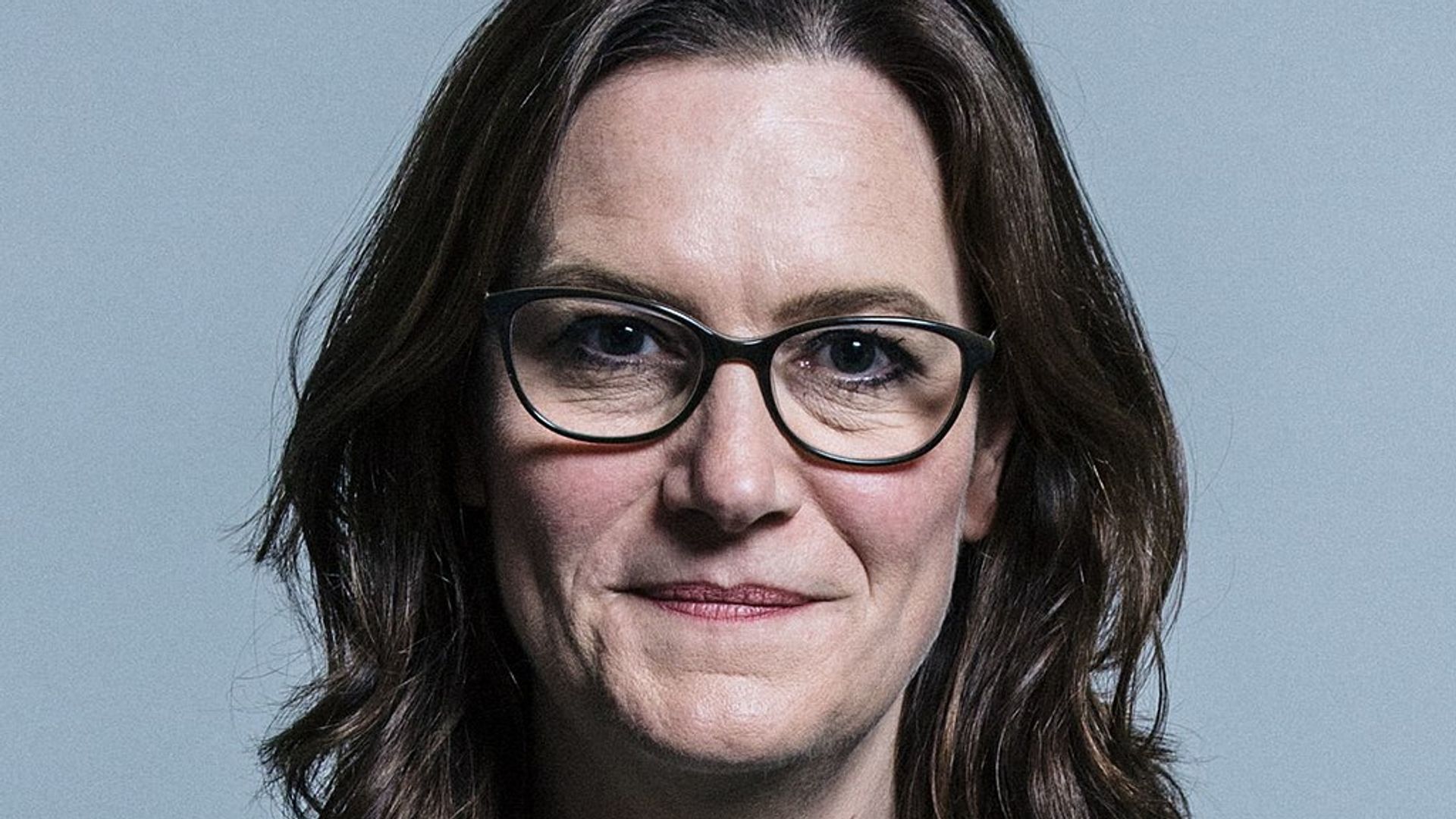
The number of Ordinals has grown from one to 10 million in less than six months.
The number of Ordinals inscriptions on the Bitcoin (BTC) network has surpassed the 10 million mark, just days after its creator stepped down as the project’s caretaker.
On May 28, Casey Rodarmor announced on Twitter he had stepped down as the project’s lead maintainer, claiming that he’d been unable to give Ordinals the attention it deserved. Rodarmor handed the role over to pseudonymous coder Raphjaph.
I haven’t been able to give ord the attention it deserves, so I am pleased to announce that @raphjaph has agreed to step up as lead maintainer!
Raph is an impoverished student, and his work on ord will be entirely funded by donations. If you can, please consider donating!…
— Casey (@rodarmor) May 28, 2023
Launched in January, the Ordinals protocol rapidly became the most popular way to mint new assets on the Bitcoin blockchain
Ordinals originally began as a way of “inscribing” data in the witness portion of Bitcoin transactions and are written onto individual satoshis — the smallest divisible unit of BTC possible.
However, what truly sent the number of Ordinals inscriptions into overdrive was the advent of the BRC-20 token standard in early March. This new token standard, brought about by pseudonymous developer “Domo,” allowed users to mint entirely new tokens on Bitcoin for the first time in history.

The number of Bitcoin-based tokens skyrocketed from a few hundred in the first week to more than 25,000 at the time of publication, according to data from BRC-20.io.

The rise of Ordinals has not been without controversy, with many Bitcoin advocates criticizing the method of “inscribing” assets on the network for being inefficient and wasteful, especially when it comes to block space and transaction fees.
As such, other developers have been exploring the use of smart contracts to mint assets and NFTs on Bitcoin.
Related: Ordinals and BRC-20 will disappear in a matter of months, says Jan3 CEO
On the flip side, Bitcoin advocates have praised Ordinals for its ability to onboard new users into the wider Bitcoin community. Recently, avid anti-Bitcoin advocate Peter Schiff minted a small number of NFTs on Bitcoin by way of the Ordinals protocol, marking the first time the gold-loving investor had ever interacted with Bitcoin beyond criticizing it.
While it’s clear that Ordinals have played a major role in the spiking of Bitcoin transaction fees, the flurry of network activity has been a boon for miners, which have now seen more than $44 million in Ordinals-related fees paid out, according to data from Dune Analytics.
Magazine: $3.4B of Bitcoin in a popcorn tin — The Silk Road hacker’s story









